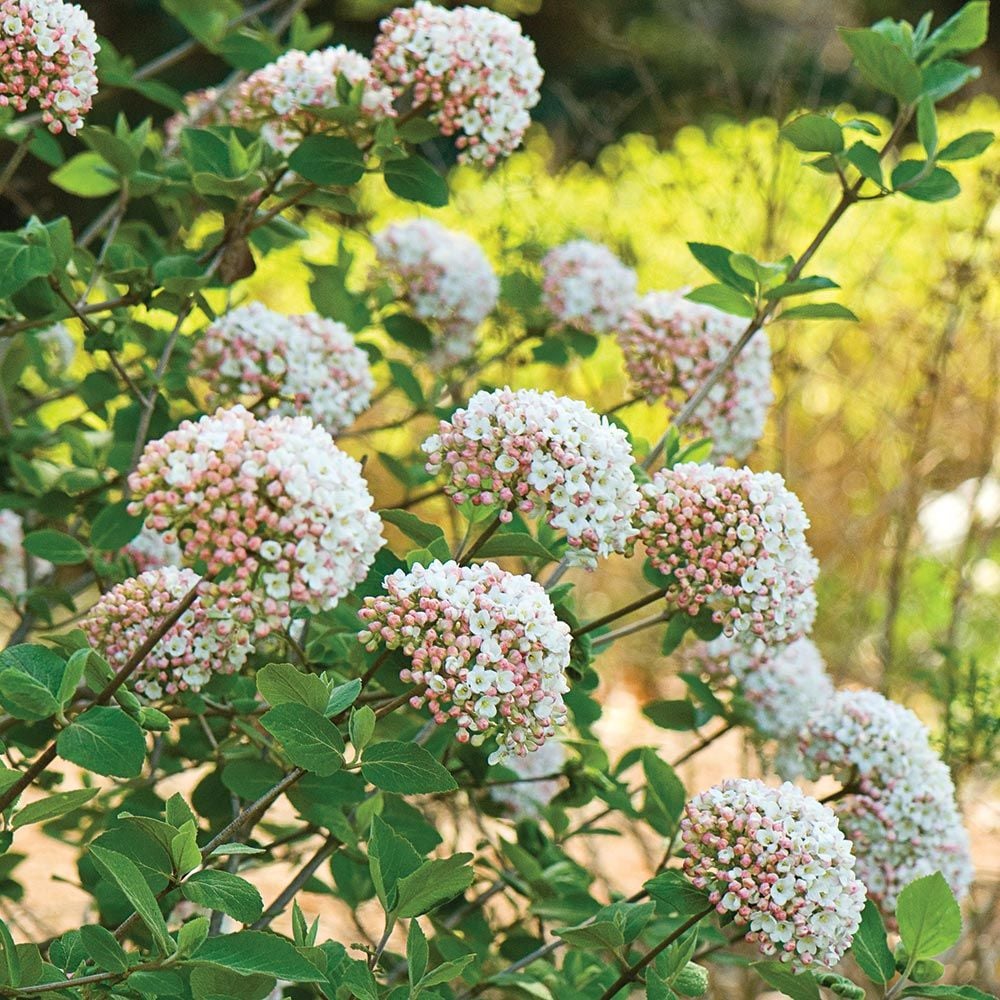1/1
viburnum: old family gardens vs. modern yards
When I walk past a blooming viburnum bush, I’m instantly transported back to my grandmother’s garden in upstate New York. The sweet, almost spicy scent always reminds me of spring mornings spent helping her prune and water, her hands steady and sure from decades of tending the same patch of earth. Back then, viburnum was a staple in every neighbor’s yard—prized for its resilience through harsh winters and its ability to attract songbirds. But these days, I notice fewer viburnums in our suburban neighborhoods. Younger homeowners seem to prefer sleek, low-maintenance shrubs, sometimes even opting for imported species that promise year-round greenery but lack the seasonal drama and nostalgia of viburnum’s snowy blooms. I often wonder: are we losing something precious in our rush for convenience? My own children, now adults, joke that my garden looks like a relic from another era, but I see it as a living memory—a link to family and the rhythms of the Northeast seasons. There’s also a quiet tension in our community about what belongs in our shared spaces. Some argue that native plants like viburnum are essential for local wildlife and should be prioritized, while others push for uniformity and curb appeal, even if it means sacrificing diversity. This spring, after a late frost damaged some of my viburnum buds, I debated whether to replace them with hardier, trendier options. But I couldn’t bring myself to do it. For me, the sight and scent of viburnum isn’t just about beauty—it’s about continuity, healing, and honoring the past, even as our gardens and values change with the times. #viburnum #gardeningmemories #generations #Gardening
2025-05-23
write a comment...
